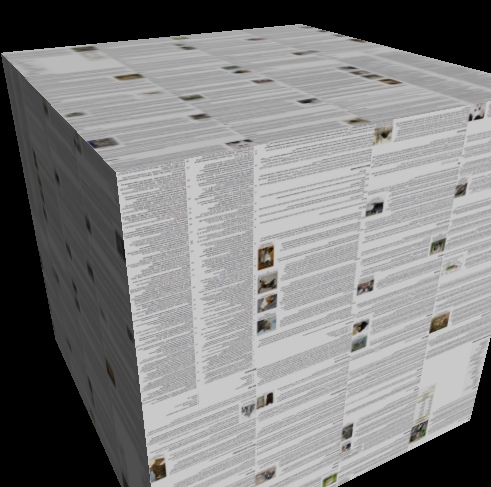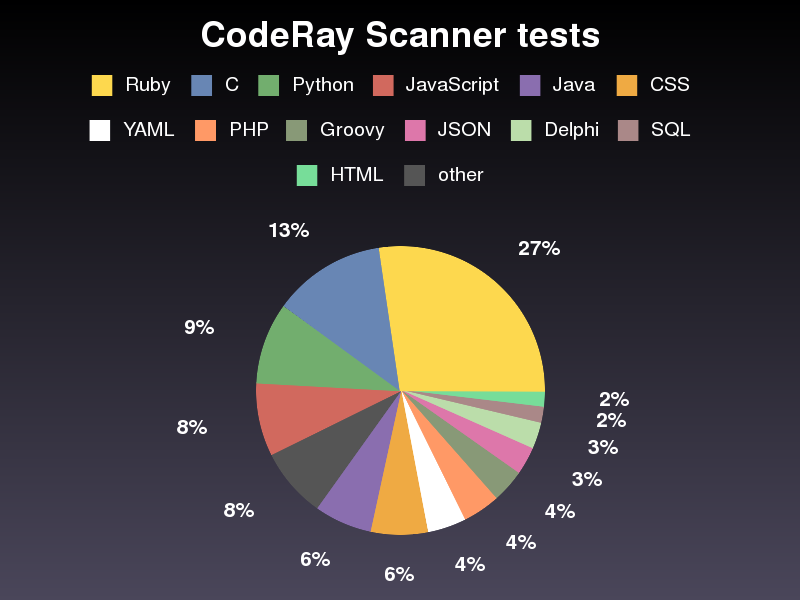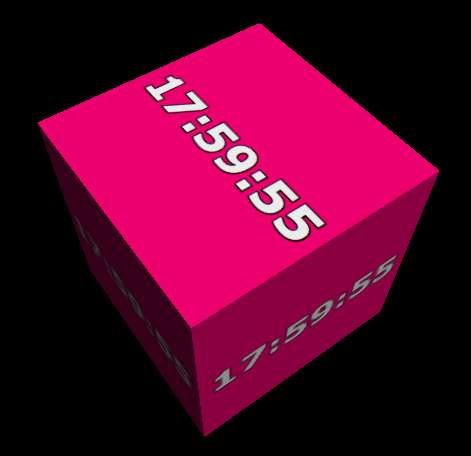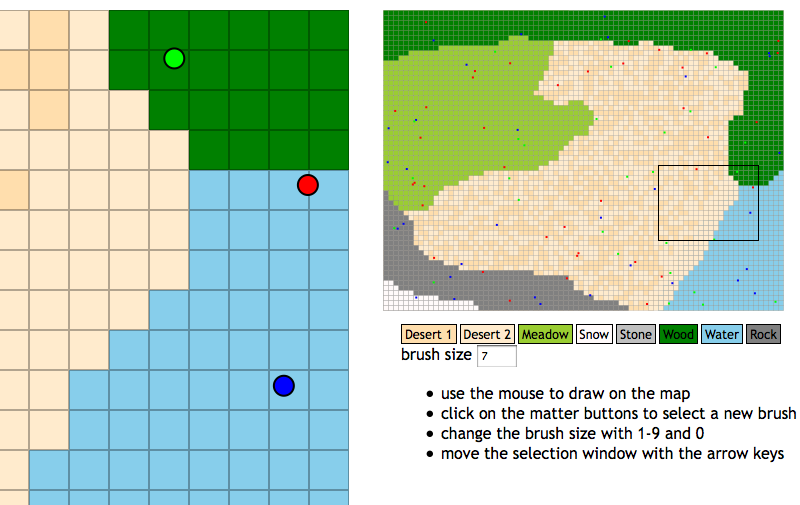TL;DR If you want to truncate a SQLite table, use DELETE FROM table; VACUUM.
While cleaning up my blog (backend, frontend and everything) for the new year, I noticed that the SQLite database I use to store its data had become quite huge — 28 MB huge to be exact. Since I could not dream of having written this much text, I had no idea what happened.
Since I despise writing SQL to inspect tables, I first searched for a simple, free graphical SQLite client (for OS X). No success in the Mac App Store. What I found then was a Firefox plugin called “SQLite Manager”. It’s horrible (Windows 3.1 style icons and poor interface design), but it did its job: After it hung up when I tried to look at the “sessions” table (connecting over SFTP wasn’t such a good idea), the culprit was found: ActiveRecord was storing sessions for each visitor without ever cleaning them up.
*sigh*
So, back to SQL:

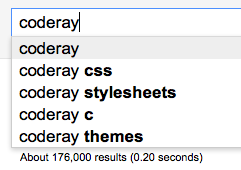

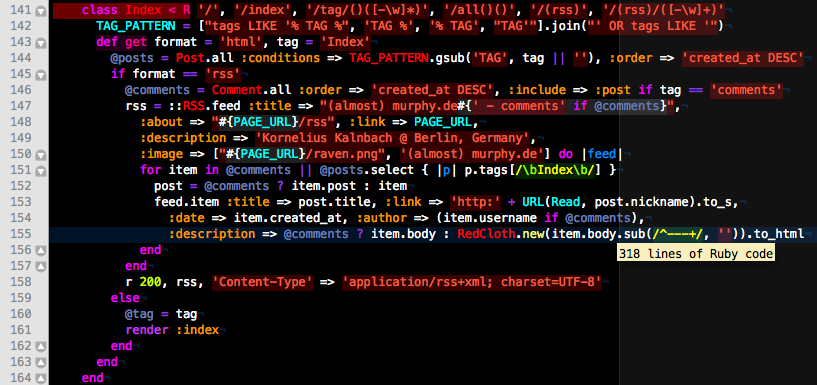
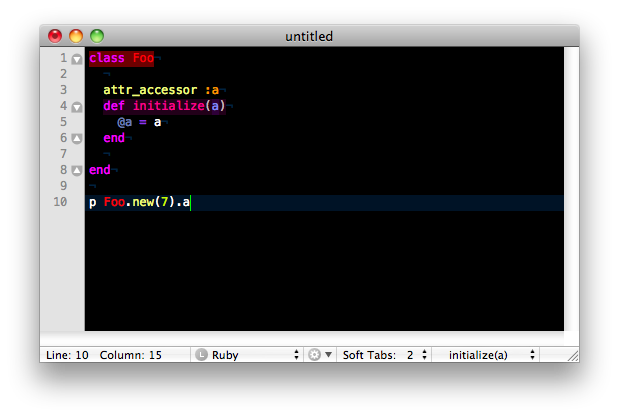
 If something has more than, say, 5 parameters, it should be divided into components that have less.
If something has more than, say, 5 parameters, it should be divided into components that have less.
